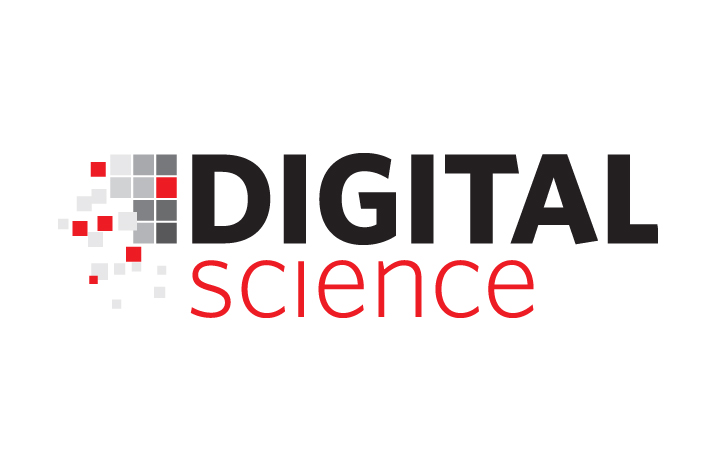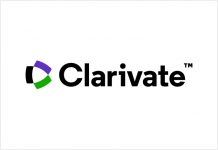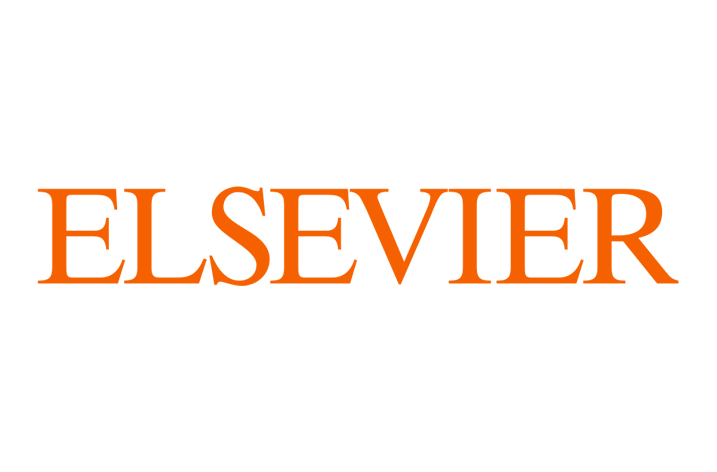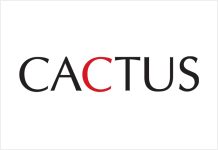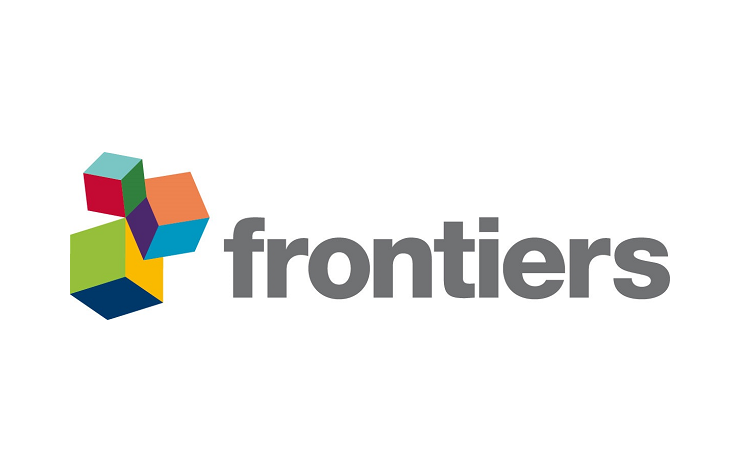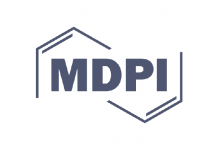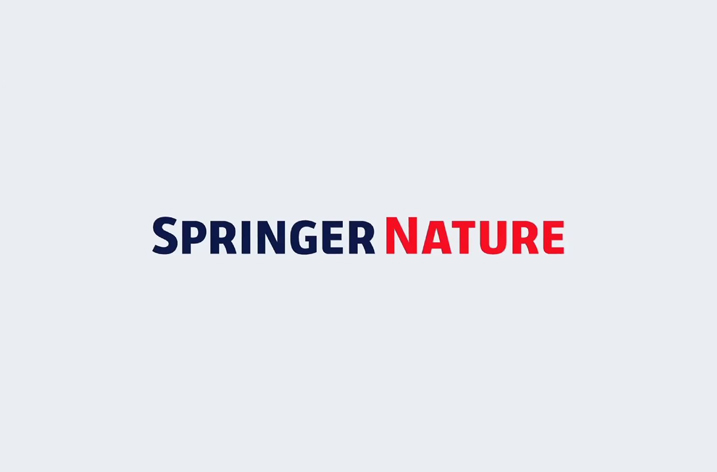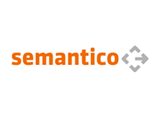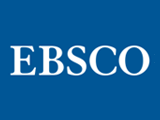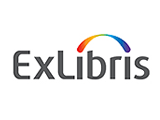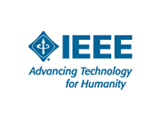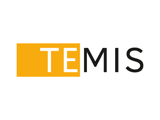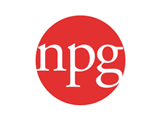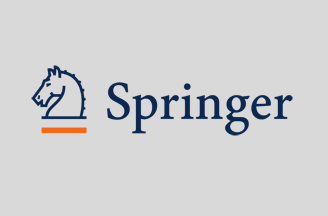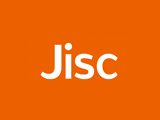Semantico, suppliers of digital solutions for scholarly and professional publishers, is proud to announce the launch of a newly designed AccessScience platform from McGraw-Hill Professional, delivered using Semantico’s Scolaris platform.
AccessScience is one product in the family of Access digital platforms and solutions in McGraw-Hill Professional’s online portfolio serving the science, engineering, and healthcare markets. McGraw-Hill Professional and Semantico have already worked together to successfully design and deliver the award-winning AccessEngineering digital platform.
The new AccessScience platform is an authoritative and dynamic online resource. It contains incisively written, high-quality reference material that covers all major scientific disciplines. The new platform brings the study of science to life with rich, engaging contributions created by noted scientists specifically for AccessScience. The site offers links to primary research material, videos and exclusive animations, plus specially-designed curriculum maps for teachers.
The wealth of information in AccessScience is delivered using Semantico’s industry-respected content platform, Scolaris. Scolaris is engineered to manage the complexities of journals, ebooks, reference works and dictionaries. Scolaris promotes discoverability by providing intelligent, full-text search which allows for rich taxonomy support for faceted search and browse.
The new AccessScience platform will give users access to a wide array of information and will include the very latest technologies including sophisticated search functionality, content enhancements, personalisation tools, multimedia and more.
Key features of AccessScience:
More than 8000 articles and research reviews covering all major scientific disciplines.
115,000-plus definitions from the McGraw-Hill Dictionary of Scientific and Technical Terms.
2,700-plus biographies of well-known scientific figures.
16,000-plus downloadable images and embeddable animations illustrating key topics.
Engaging videos highlighting the life and work of award-winning scientists.
Suggestions for further study and additional reading to guide users to deeper understanding and research.
Links to citable literature through DOIs helps users continue their research using primary sources of information.
Personalisation features allow users to customise pages and save articles.
Interactive citation generator saves time and effort preparing papers.
Curriculum maps linked to core content.
Mobile access via Semantico’s Roaming Passport allows easy access outside institutional IP ranges.
“We aim to bring the study of science alive for all university and advanced secondary school students, and the new AccessScience platform enables us to do just that. AccessScience will offer the best possible experience to our users and will inspire and guide them to deeper knowledge,” John Rennie, Editorial Director of Science at McGraw-Hill Professional, said.
“The launch of the redesigned AccessScience is an exciting moment for Semantico. We are thrilled that McGraw-Hill Professional invited us to work with them again, and we are very proud to add this new platform to our portfolio,” added Susan Crean, Account Manager at Semantico.



